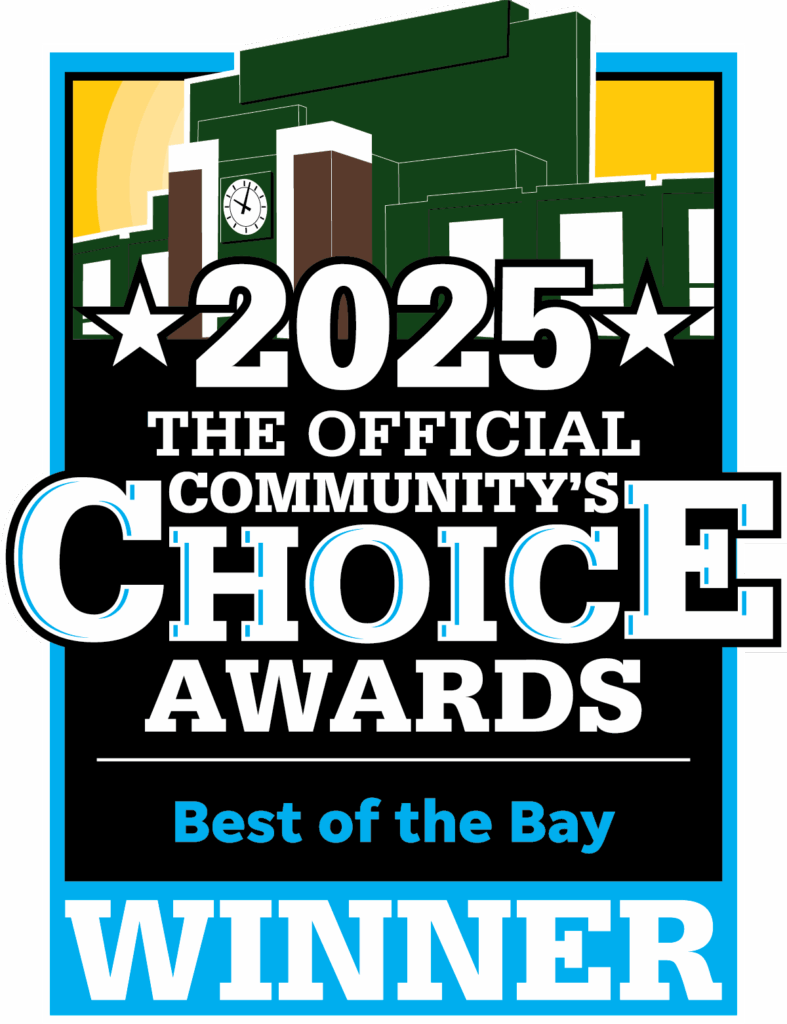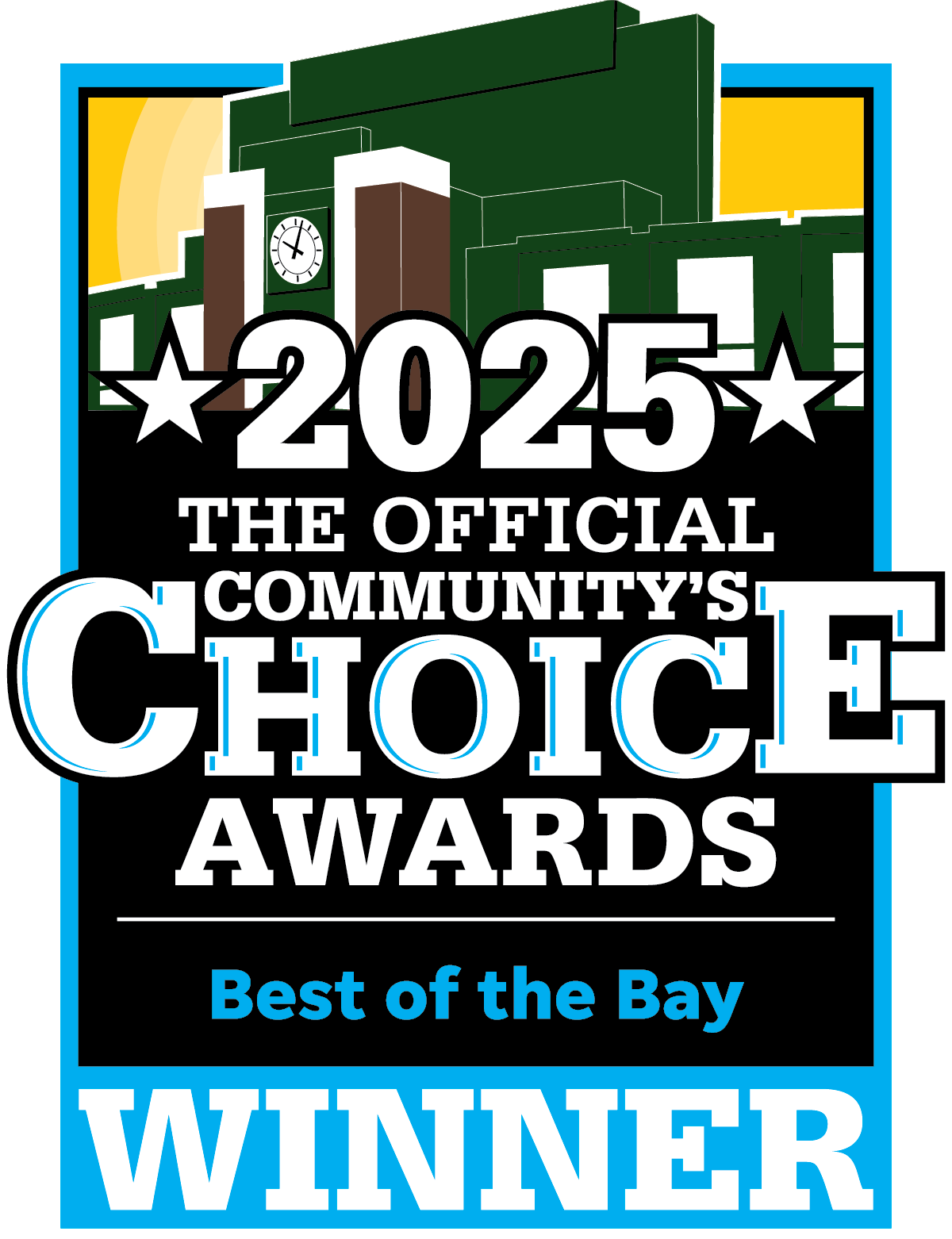Physical Therapy Protocols
At OSMS we understand that Physical Therapy can be an alternative to surgery and always important for post-op rehabilitation. For your recovery and convenience, our Orthopedic Doctors have created a collection of PT Protocols design specifically to advance your recovery. These protocols should be adhered to, whether you are working with your Physical Therapist or self-exercising at home. If you have any questions please contact us.
ELBOW REHABILITATION PROTOCOLS
Distal Biceps Repair
Distal biceps rupture is a forced elbow extension while the muscle is tensioned in flexion. A distinct “pop” is often felt at the elbow, and a soft retraction of the tendon is palpable into the upper arm area.
Rehabilitation Goals: Achieve excellent hand and shoulder range-of-motion, reduce swelling in the limb, and control pain.
At Home Elbow and Wrist Exercises
FOOT & ANKLE REHABILITATION PROTOCOLS
Achilles Tendon Repair
The Achilles tendon plays a critical role in walking, stair climbing, and athletic activities. Failure to repair an Achilles tendon injury can lead to weakness in push-off strength and the possibility of a repeat rupture.
Rehabilitation Goals: Protect the repaired tendon, recover from surgery, reduce pain and swelling, and gradually return to activities of daily living.
At Home Foot and Ankle Exercises
HIP REHABILITATION PROTOCOLS
Total Hip Arthroplasty
Total hip arthroplasty (THA) is an elective procedure to relieve pain and restore function to a joint with end-stage arthritis.
Rehabilitation Goals: Protection of post-surgical hip, restore hip ROM, normalize gait, restore leg control, transition from narcotic pain meds to NSAIDs, and prevent deep venous thrombosis.
Anterior Hip Arthroplasty
Anterior total hip arthroplasty (ATHA) is an elective procedure to relieve pain and restore function to a joint with end-stage arthritis.
Rehabilitation Goals: Protect the repaired hip, restore hip ROM, normalize gait, restore leg control, transition from narcotic pain medications to NSAIDs, and prevent deep venous thrombosis.
Iliospoas Release
Iliopsoas tendinitis release attempts to restore hip motion and function and failure to address iliopsoas imbalance and pain can lead to stiffness and subsequent loss of hip strength.
Rehabilitation Goals: Protect the integrity of remaining hip tissue, restore ROM, reduce pain and inflammation, and prevent muscular inhibition.
Open Gluteus Medius Repair
Gluteus medius tendon injury and muscle damage can lead to chronic limping, pain, and stiffness. Surgery attempts to restore hip motion and function.
Rehabilitation Goals: Protect the integrity of the repaired hip tissue, restore ROM, reduce pain and inflammation, and prevent muscular inhibition.
At Home Hip Exercises
KNEE REHABILITATION PROTOCOLS
ACL Reconstruction with MCL Reconstruction
The ACL/MCL rehabilitation program emphasizes progressive restoration of symmetric knee function.
Rehabilitation Goals: Maintain stability, achieve full motion, safely rehabilitate the knee, avoid harvest site complications, reduce swelling and non-weight-bearing with locked brace in extension.
Distal Femoral Osteotomy
A distal femoral osteotomy is useful in limb re-alignment and involves severing the bone with subsequent repair using pins, plates, or rods.
Rehabilitation Goals: Toe-touch weight-bearing in locked brace at 0, maintain full extension, progress to flexion, and reduce swelling.
Knee Extensor Repair
Patellar/quadriceps tendon rupture or patellar fracture can be devastating for knee motion and strength of push-off. Functional recovery is critical to both balance, walking, stair climbing, and athletic activities.
Rehabilitation Goals: Excellent hip and ankle ROM, reduce swelling, and control pain.
Meniscal Repair
The healing of this tissue is critical for long-term knee function.
Rehabilitation Goals: Maintain flexibility, function, cartilage integrity, avoid future knee surgeries, and return to activities. Non-weight-bearing in locked brace extension, reduce swelling, and restore quadriceps activation.
At Home Knee and Leg Exercises
SHOULDER REHABILITATION PROTOCOLS
Athroscopic Bankart Repair
The arthroscopic Bankart repair protocol is a soft tissue post-op program which allows shoulder instability patients to recover as safely as possible.
Rehabilitation Goals: Protect the repaired shoulder, full active and passive ROM for shoulder flexion, abduction, IR to the abdomen, and ER to 20, and activation of the stabilizing muscles.
Biceps Tenodesis
The biceps tenodesis protocol includes flexibility, stretching, and strengthening to prevent against stiffness.
Rehabilitation Goals: Full passive ROM for shoulder flexion, abduction, IR and ER, and achieve activation of the stabilizing muscles for the GH and scapulothoracic joints.
Massive Rotator Cuff Repair
The emphasis for this massive rotator cuff repair (RCR) protocol is to prevent the loss of fixation and return to activities as quickly as possible.
Rehabilitation Goals: Progress to work/sport-specific activities as quickly as possible, protect the shoulder, PROM for shoulder flexion, abduction, IR to abdomen, and ER to neutral, and limited removal of sling in safe environment at 10-14 days.
Regeneten Rehabilitation
The regeneten rehabilitation protocol includes exercises to relieve pain in the shoulder and restore motion.
Rehabilitation Goals: Protect the repaired shoulder, diminish pain and inflammation, regain range of motion, and overall improvement of strength and muscular endurance.
Small/Medium RCR
Rehabilitation Goals: Progress to work/sport-specific activities as quickly and safely as possible, protect the arthroscopically-repaired shoulder, PROM for shoulder flexion, abduction, IR to the abdomen, and ER to neutral, and limited removal of the sling in a safe environment at 10-14 days.
Total Shoulder Arthroplasty
Total shoulder arthroplasty is meant to relieve pain and restore function to a joint with end-stage arthritis or relieve pain due to a fracture or rotator cuff damage.
Rehabilitation Goals: Pain control and one-handed ADLs, gentle ROM, donning and doffing the sling, and protecting the surgical reconstruction.
Subscapularis Repair
The subscapularis repair protocol is a soft tissue post-op program, external rotation is limited to neutral, no cross-body adduction and no active IR x12 weeks.
Rehabilitation Goals: Protect the arthroscopically-repaired shoulder and progress to work/sport-specific activities as quickly and safely as possible.




















